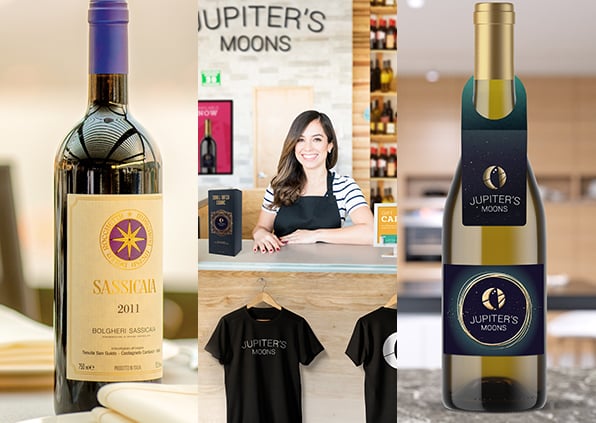Industrial labels – also known as durable labels – make up an enormous category that often escapes notice. Every lawnmower, air conditioner, automobile, or step ladder you see uses durable labels to communicate important information about product safety and use.
Printed production parts like these add to the manufacturing cost of a given product. However, there is far more to consider than merely the printing cost of a label. When examined from a total cost of ownership perspective – or TCO – we see that many design and process engineering decisions drive the TCO of a label.
Over the next few months, we will explore the factors that influence TCO for durable industrial labels in a multi-part blog series. Each blog will highlight what you need to know to make an informed decision – and reduce your TCO. First up, we look at the label converting processes available to you.
Label Converting Processes Compared
When it comes to label converting processes, there are a few different options available. Flexo, digital and hybrid processes all have their own unique advantages and disadvantages, and it's important to consider these factors when deciding which to use. One of the key factors that businesses need to consider is cost efficiency. In this blog post, we'll compare the cost efficiencies of flexo, digital and hybrid label-converting processes.
Flexographic printing
Flexographic printing, or flexo for short, is a popular label converting process that has been around for many years. In flexo printing, a flexible plate is used to transfer ink onto the label material. The plates are typically made of rubber or photopolymer and are mounted on a cylinder.
One of the advantages of flexo printing is that it is very cost-effective for long print runs. Flexo presses are time consuming to set up due to long material web paths, ink changes and other finishing setups. As a result, flexo printing is not cost effective for short-run jobs. Conversely, the cost per label decreases as the print quantity increases and the setup costs are spread over larger quantities. This delivers a lower cost compared to other label production methods on long-run jobs.
Another advantage of flexographic printing is that it can print on a wide variety of materials including paper, film and foil. This makes it a versatile option for label converting. Just know that water-based flexo often needs a varnish or laminate for added durability – which can add costs that might be avoidable using a different production method.
Flexo printing, however, is at a distinct disadvantage whenever turnaround time is a prime consideration. No matter how large or small the production run, setup time on a flexographic press is significant. The press must be cleaned between jobs. Plates and ink colors must be changed out. And, the printed image itself must be calibrated until it falls within the required specifications.
The changeover tasks required by a flexo press also work against it whenever multiple versions of a label are required. With each label version comes a printing plate change, cleanup and calibration. Not only is this labor-intensive, it takes the press offline for hours and requires the creation of new plates for each version. As a result, the cost per piece soars as the print quantity shrinks.
Digital printing
A digital label press eliminates the printing plates and ink trays of a traditional flexographic press. Instead, the label is printed through a digital imaging process. Unlike flexo printing, which uses plates, digital printing uses a digital file to transfer ink onto the label material. Toner and UV inkjet are the most common forms of digital labels presses, with UV inkjet offering greater durability.
One of the key advantages of digital printing is its flexibility. Because it uses digital files, it is easy to change the design of the label without incurring additional costs. This makes digital printing a good option for short print runs or for businesses that frequently change their label designs. Running smaller jobs more often can also reduce the cost of obsolescence.
By eliminating the plates and the ink change/clean-up process between jobs, there is none of the environmental waste generated by flexo presses. Likewise, digital presses can be used for “on-demand” production, which reduces the obsolescence waste and overages that invariably come from printing in mass quantities.
Another advantage of digital printing is its speed to press. Because there are no plates to produce, or no inks to change, digital printing can move from job to job quickly with little to no job change cost. This makes it a good option for businesses with tight deadlines and avoids costly line-down situations due to unplanned demand. Plus, you often do not need to add varnish or laminate when using UV inkjet digital ink (though other forms of digital label converting require a varnish or laminate for added durability).
On the flip side, digital inks are considerably more expensive and can result in higher cost than flexo printing for longer print runs. Digital label printing also often requires secondary processing to complete the converting process such as die cutting, sheeting and roll finishing that add additional cost.
Hybrid printing
Hybrid printing is a newer label converting process that is exactly what it sounds like. Elements of standard flexographic and digital printing presses are joined to form a unified printing technology that offers the best of both worlds. In a hybrid process, label material can be printed using both flexo print stations and digital imaging.
Hybrid presses can have as few as one flexo station or several. The flexo stations can add protective topcoats and/or design inks and may be positioned before a digital print station, after it, or both. The digital portion of a hybrid press can also vary from as few as one color (black) to several digital color stations.
One of the advantages of hybrid printing is that it combines the cost efficiency of in-line finishing (e.g., die cut, fold, sheet, small rolls, laminate or varnish) with the flexibility of digital printing traditionally found only on flexo printing. In addition, hybrid printing allows for the printing of variable information on labels, which can be useful for businesses that need to include unique information on each label.
The Best Print Technology for Industrial Labels
Clearly, there are several factors to consider when deciding which label converting process to use, including cost efficiency.
- Flexographic printing is a cost-effective option for long print runs and can print on a wide variety of materials.
- Digital printing is flexible and quick, making it a good option for short print runs or for businesses that frequently change their label designs.
- Hybrid printing combines elements of both flexo and digital printing, offering the cost efficiency of flexo printing for long print runs and the flexibility of digital printing for shorter print runs.
Which one is best? The truth is, there is no simple answer to that question. Ultimately, the “best” choice will depend on the business's specific needs and budget for a given project.
Label TCO Blog Series Continues
In the coming weeks, we will explore other aspects of durable industrial labeling that have significant impacts on TCO. Our topic next time will focus on label laminates and the impact that topcoats have on the total cost of ownership of an industrial label.
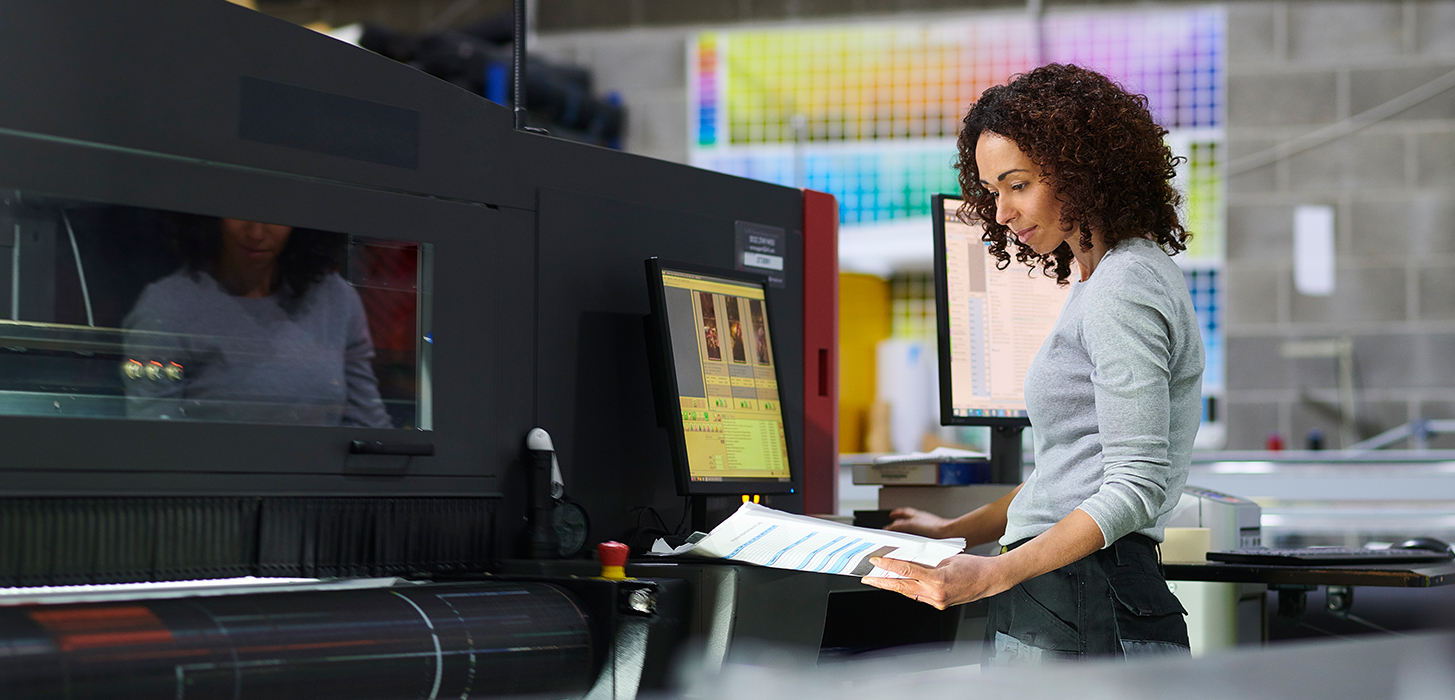
Taylor: All Three Technologies in One Partner
Known in the industry as “the label experts,” Taylor has been delivering high-quality durable labeling solutions to industrial customers for decades. We offer all three of the technologies noted in this blog, including state-of-the-art digital + flexo label presses.
To learn more about the technology Taylor uses to create durable industrial labels, please contact one of our labeling experts.




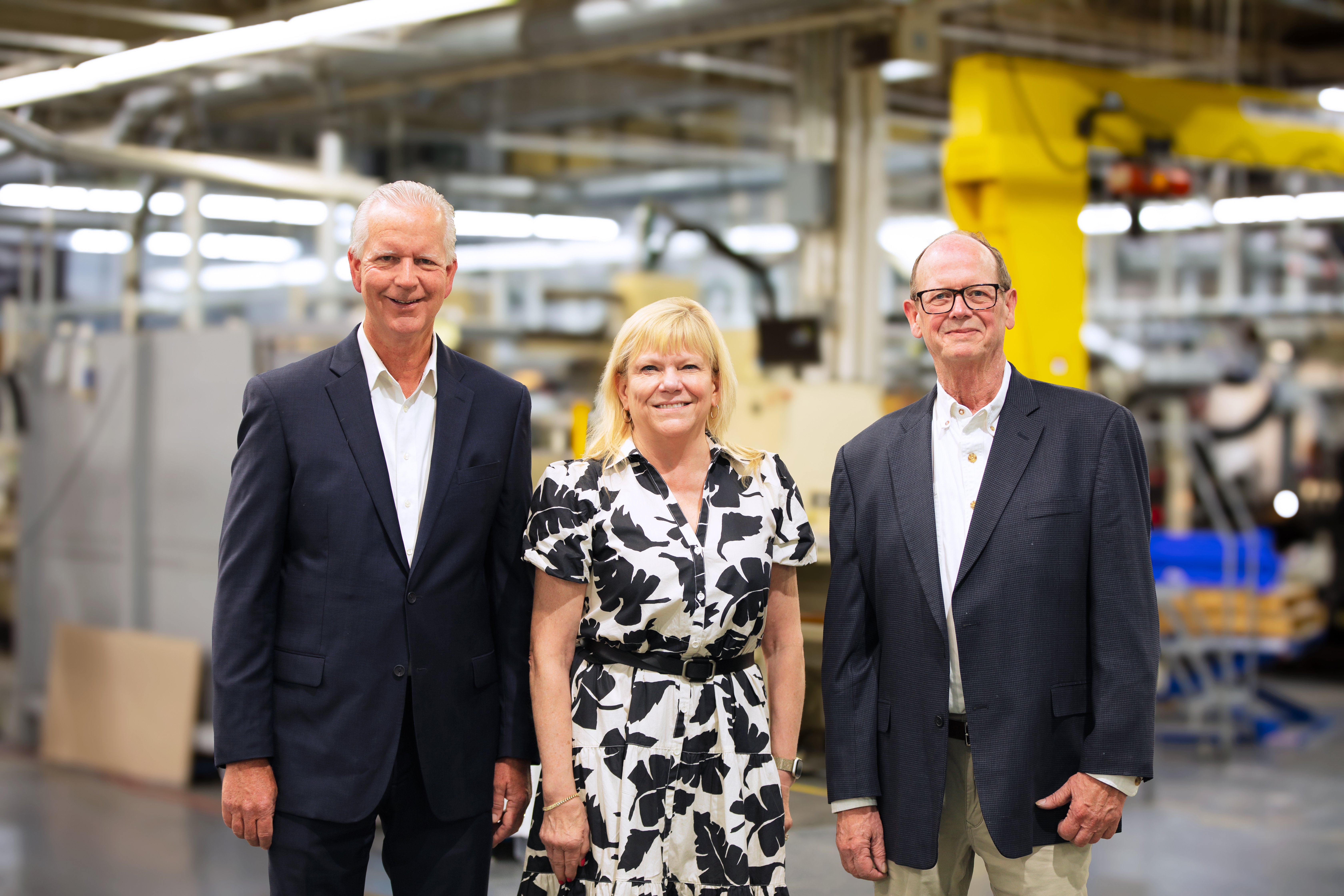
.jpg)
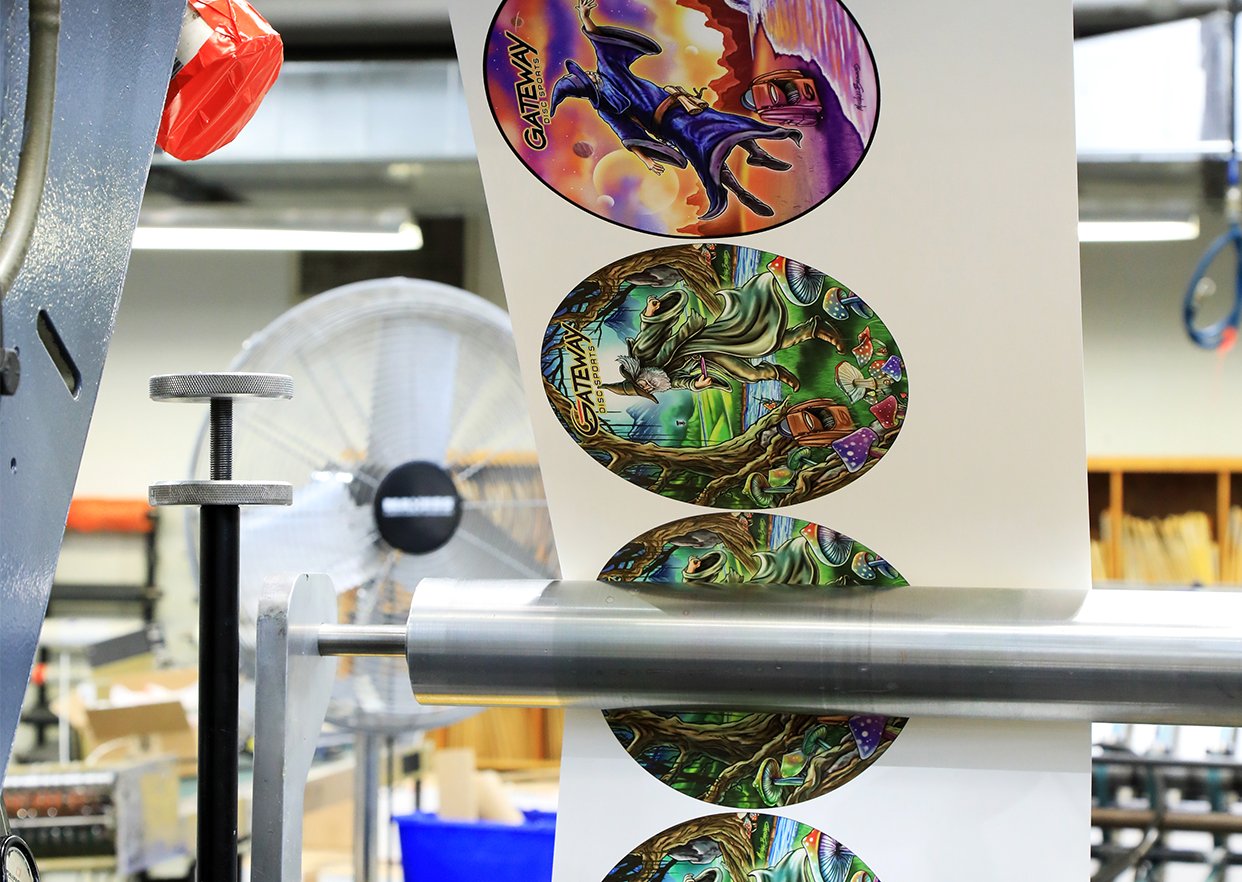
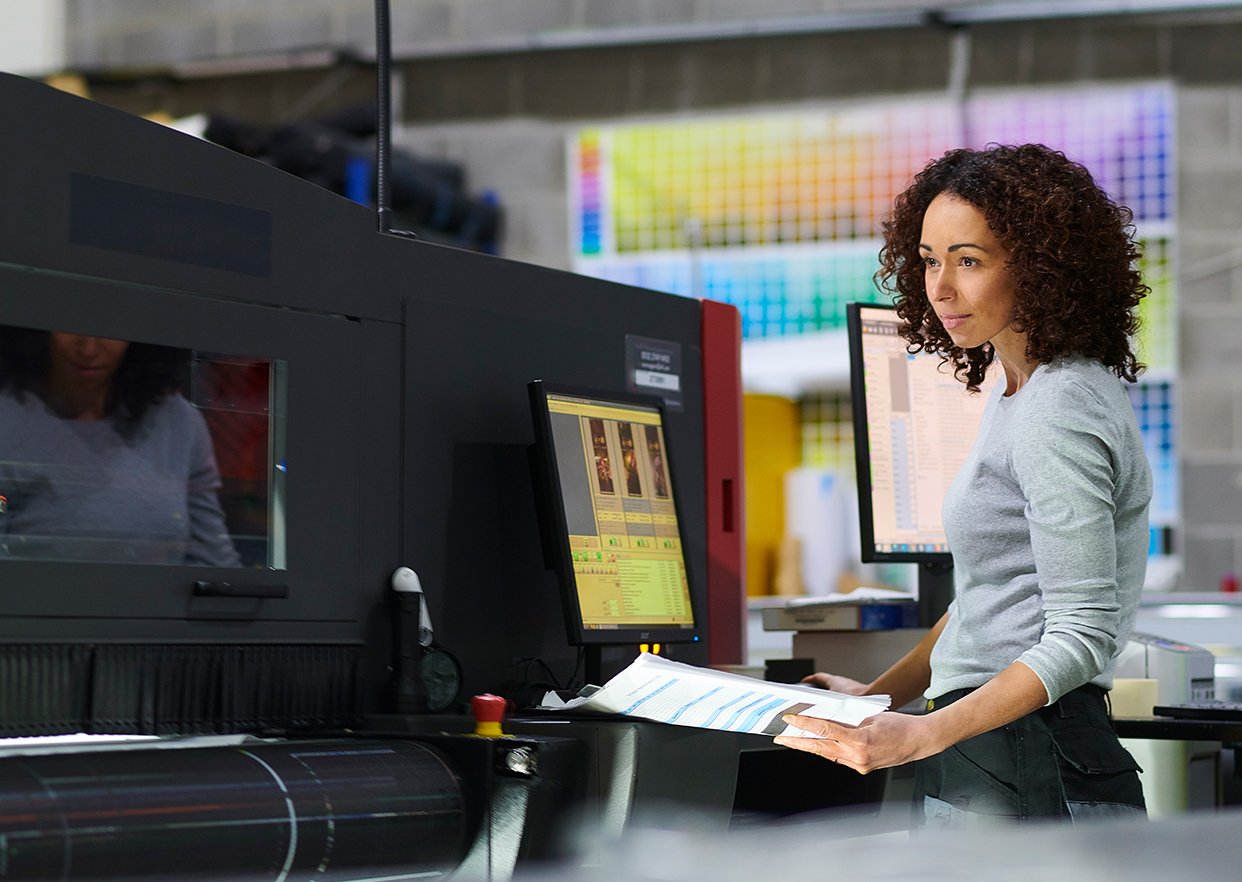
.png)
